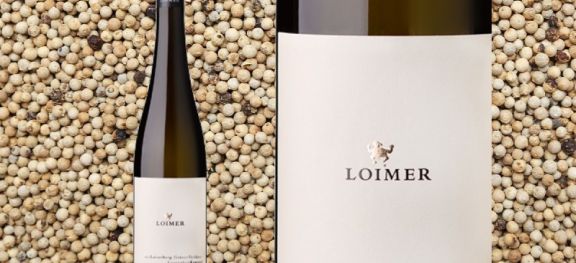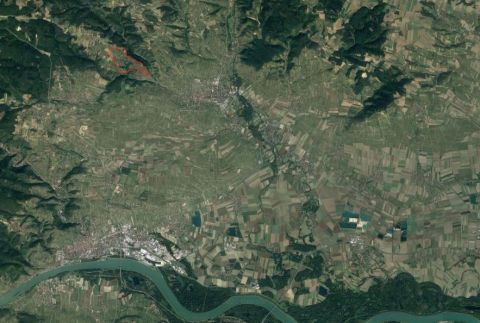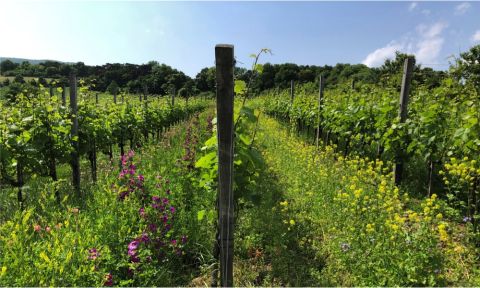Loimer, Loiserberg Grüner Veltliner 2017 Kamptal

Richard chooses an archetypal Grüner Veltliner that is not to be sneezed at.
From €16.33, 21.80 Swiss francs, 269.90 Norwegian kroner, £22.90
Someone, somewhere, once remarked – perhaps in an offhand fashion, maybe even as a joke – that Grüner Veltliner smells of white pepper. Ever since then, wine students have scrupulously used that descriptor as the definitive marker of the variety, even though only 10% of our 2,000 tasting notes on Grüner Veltliner mention it.
On that evidence, it would be more accurate to say that Grüner Veltliner is a variety that does not smell of white pepper.
However, the Loiserberg bottling of Grüner Veltliner made by Fred Loimer in the Kamptal region of Austria is one that does. Or at least, the 2016 vintage did when I tasted it a few years ago. However, it is the 2017 vintage that recently impressed me, which is readily available but less overtly peppery.
There were many other flavours to enjoy, however: baked apple, jasmine, honey and ginger for starters, plus the same mineral characteristic that Julia found in the 2019 vintage – which was, incidentally, the highest-scoring Grüner in her recent tasting article.
Loiserberg is a 50-ha/124-acre vineyard site west of the town of Langenlois, which is designated as Erste Lage by the local growers' association (see Julia's Shining a light on Austria's vineyard characteristics for the latest lowdown on this system). This may be indicated by 1ÖTW on the label, although Loimer started using this on his labels only from the 2018 vintage onwards.
In total, he grows four hectares (10 acres) of Grüner Veltliner vines in Loiserberg, plus some Riesling and Zweigelt (for sparkling), and he is one of up to 30 growers there. In fact, in the next few years, Loiserberg will be divided in two, with a new, smaller enclave under a different name, but this particular wine is from the main Loiserberg part. It's a dry, relatively cool site that gives consistently healthy fruit, according to Loimer, and that translates into great clarity in the wine. Perhaps this is helped by his biodynamic approach to viticulture, a practice which is often credited with optimising the expression of a terroir.
Whether you believe in biodynamics or not, I definitely got a sense of the mica slate soil of this site, both in the texture and the flavour of the wine, something that Loimer himself describes as 'saltiness', and Julia referred to as 'rocky minerality'. In that way, the wine bears a resemblance to Riesling, yet with softer acidity and more orchard fruit than citrus.
As for pepperiness, Loimer believes that comes from an element of less-ripe fruit included in the final blend, as well as including a period of brief maceration on skins. The 2017 vintage was very warm, which perhaps explains the relative lack of piquancy, to my palate at least. Regardless, it's a great example of Grüner Veltliner, both for its varietal character and its sense of place.
Loimer's wines are sold all around the world, as you can see from their handy distributor web page, although the Loiserberg Grüner Veltliner doesn't seem to be available in the US at present. Elsewhere, several different vintages are in the market, all of which are worth investigating.
Become a member to view this article and thousands more!
- 15,408 featured articles
- 275,024 wine reviews
- Maps from The World Atlas of Wine, 8th edition (RRP £50)
- The Oxford Companion to Wine, 5th edition (RRP £50)
- Members’ forum
- 15,408 featured articles
- 275,024 wine reviews
- Maps from The World Atlas of Wine, 8th edition (RRP £50)
- The Oxford Companion to Wine, 5th edition (RRP £50)
- Members’ forum
- 48-hour preview of all scheduled articles
- Commercial use of our wine reviews


